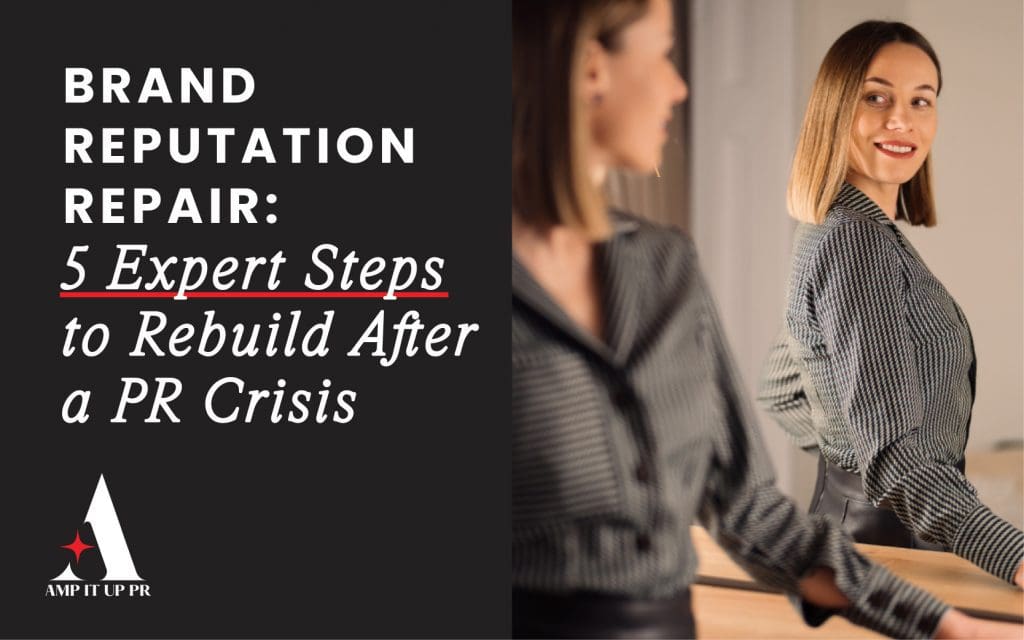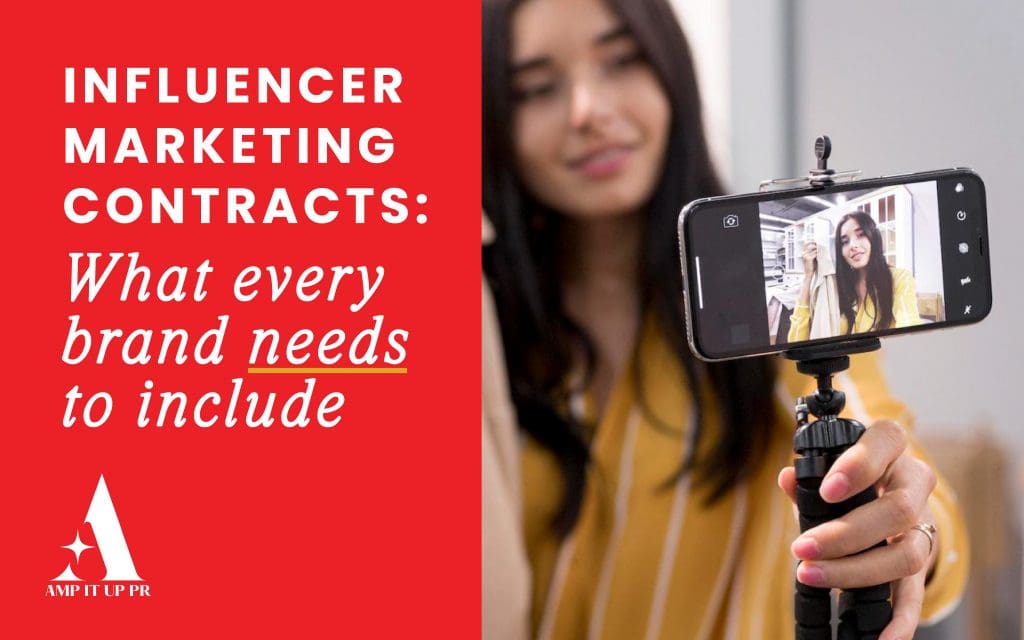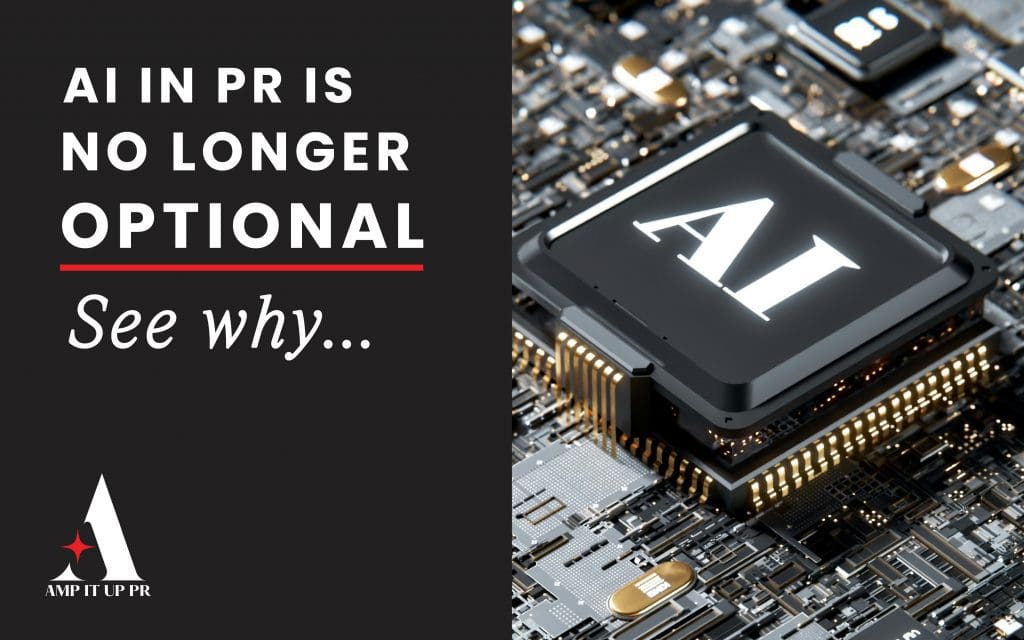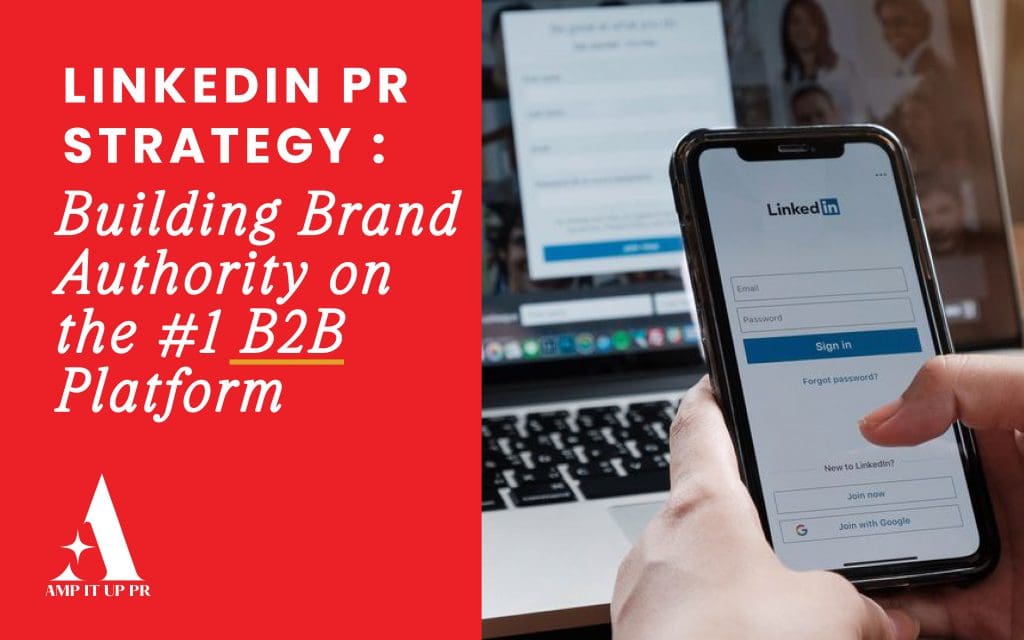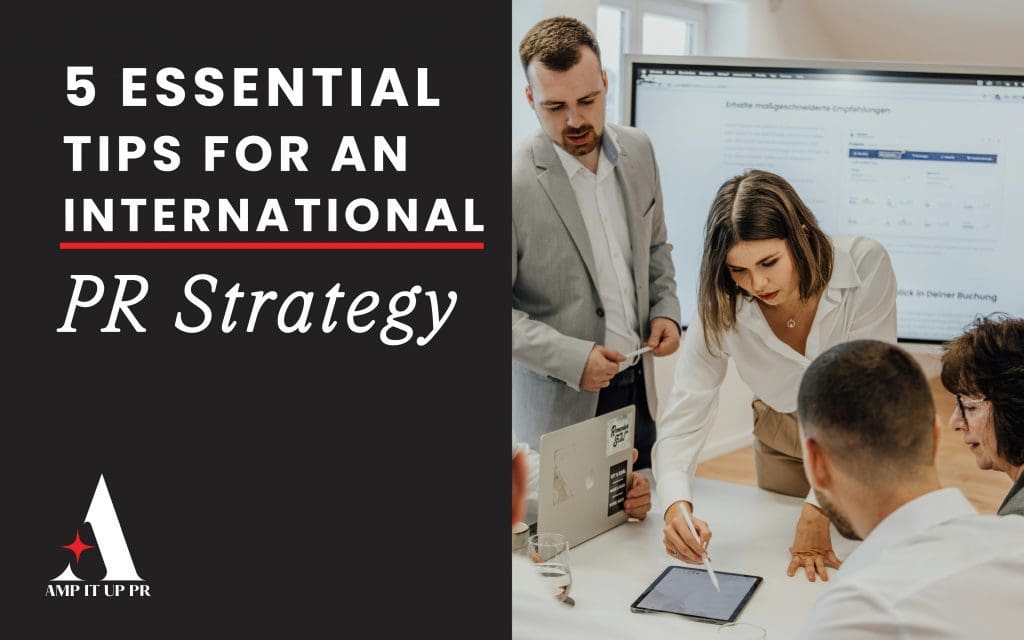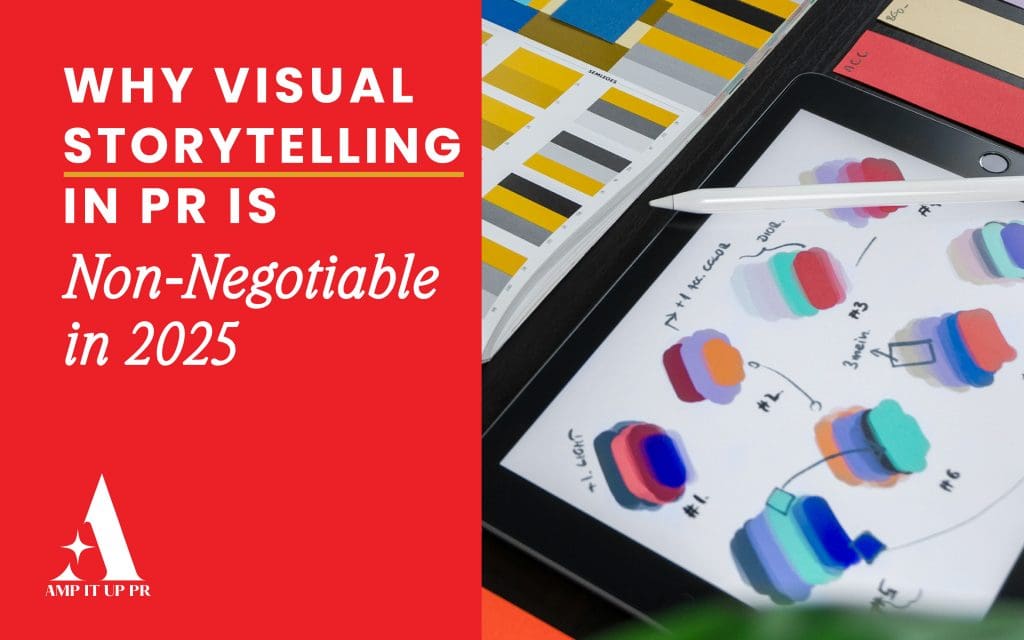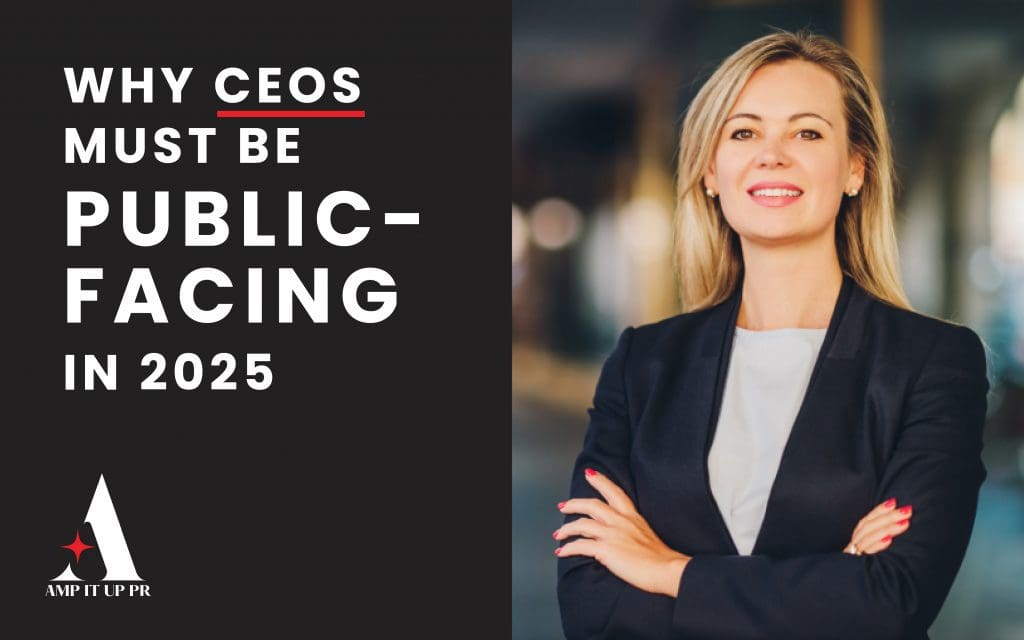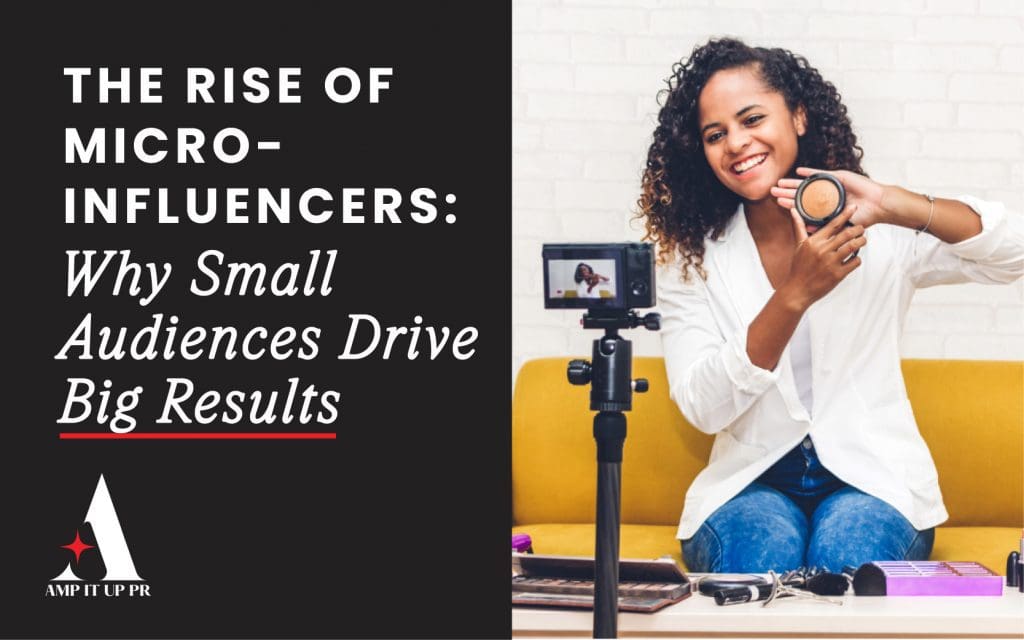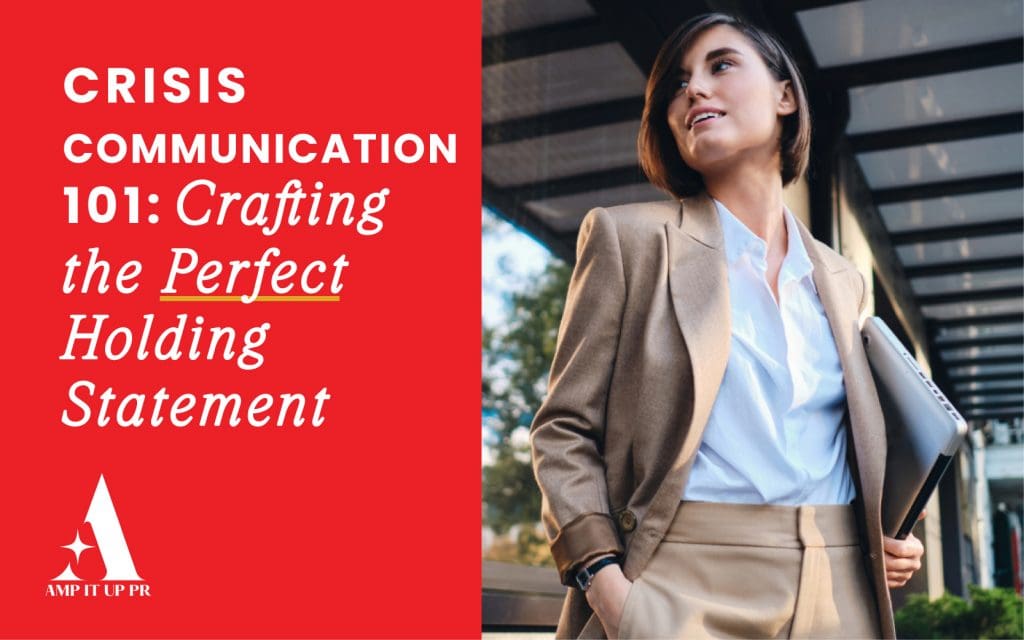Why Social Media Crisis PR Is Non-Negotiable? In 2023, a leading airline faced global backlash after a passenger’s poor experience went viral, generating over 1.5 million tweets within 48 hours. The incident cost the company millions in stock value and long-term trust erosion.
Social media crisis PR is no longer optional—it’s essential. Many brands underestimate how quickly a minor complaint can escalate into a full-blown crisis online. Without a robust plan, companies risk irreparable harm to their reputation and bottom line.
The good news? With immediate and strategic crisis response, you can minimize damage and even turn a crisis into an opportunity to showcase transparency and accountability.
Common Mistakes During Social Media Crises
Brands often fall into predictable traps when faced with a social media storm. Here’s where things typically go wrong:
-
Delayed Response:
Brands that wait too long to acknowledge issues often lose control of the narrative. Silence is perceived as indifference or guilt, fueling public anger. -
Lack of Transparency:
Hiding facts or issuing vague statements makes things worse. Audiences expect honesty and accountability, especially in a crisis. -
Overly Defensive Messaging:
Reacting emotionally or defensively can escalate tension. Brands must maintain professionalism and focus on solutions rather than blame. -
Ignoring the Crisis:
Pretending a problem doesn’t exist on social media is a recipe for disaster. Users will continue the conversation—with or without you.
Takeaway: Recognizing these pitfalls is the first step toward mastering effective social media crisis PR.
Critical Steps in the First 24 Hours
The first 24 hours of a social media crisis are pivotal. Here’s a practical action plan to implement immediately:
1. Acknowledge the Issue Publicly:
Post a clear, concise message acknowledging the situation. Avoid vague language—clarity builds trust.
2. Assemble Your Crisis Team:
Activate your internal PR team, legal advisors, and social media managers to coordinate the response.
3. Monitor Conversations in Real-Time:
Track hashtags, mentions, and sentiment to gauge public reaction and adjust messaging as needed.
4. Provide Regular Updates:
Keep your audience informed as new information becomes available. Transparency keeps panic at bay.
5. Engage Directly With Affected Users:
Respond politely and empathetically to individuals raising concerns. This personal touch can de-escalate tensions quickly.
Remember: The speed and tone of your response directly influence public perception during a crisis.
Case Study: A Masterclass in Social Media Crisis PR
Example: KFC’s Chicken Shortage (UK)
In 2018, KFC ran out of chicken across hundreds of outlets in the UK—a disaster for a chicken restaurant! Rather than dodge responsibility, KFC:
-
Owned the Mistake: Their witty “FCK” rebranded buckets showed humor and humility.
-
Communicated Transparently: They issued timely updates via social media and press releases.
-
Acted Quickly: New logistics partners were brought in fast to resolve the issue.
The Result? Instead of losing customer loyalty, KFC’s candid and humorous approach earned praise and even boosted their brand image.
Building a Preemptive Social Media Crisis Strategy
Preparation is your best defense. Here’s how to build a proactive social media crisis PR plan:
-
Create a Crisis Response Playbook:
Outline roles, responsibilities, and step-by-step procedures for various crisis scenarios. -
Train Your Team:
Run regular crisis simulations and training sessions to ensure everyone knows what to do under pressure. -
Monitor Brand Mentions Constantly:
Use tools like Hootsuite, Brandwatch, or Sprout Social to spot potential crises before they escalate. -
Develop Holding Statements:
Prepare templated responses for different types of incidents to save precious time. -
Establish Escalation Protocols:
Know when to loop in legal, C-suite executives, or external PR agencies for complex situations.
Pro Tip: Crisis preparation significantly reduces reaction time and helps maintain brand credibility even in the worst scenarios.
Key Takeaways
To handle a social media crisis effectively:
-
Respond quickly and transparently.
-
Avoid common mistakes like silence, defensiveness, and denial.
-
Build a comprehensive crisis response plan before disaster strikes.
-
Monitor conversations in real-time and be prepared to pivot your strategy.
By mastering social media crisis PR, your brand can turn potential disasters into opportunities for resilience and trust-building.
Partner With AMP IT UP PR to Safeguard Your Brand
AMP IT UP PR specializes in social media crisis PR, offering tailored strategies that ensure your brand is protected, prepared, and positioned to bounce back stronger. Our proven methodologies and real-time crisis support have helped countless brands navigate digital storms with confidence.
Checkout Our services, learn about our team on Our Team page, or Book a Consultation with us to explore how we can elevate your brand. For a custom quote, check out our Get a Quote page, or reach out directly via our Contact Us page to start amplifying your brand’s presence. Let’s work together to amplify your brand!
Join AMP Talent Group today, and let us help you secure the premium brand deals you’ve been aiming for.
FAQ: Social Media Crisis PR
Q1: Why is social media crisis PR different from traditional crisis PR?
A: Social media crises spread faster and demand instant responses. Unlike traditional PR, social media requires 24/7 monitoring and rapid, transparent communication.
Q2: How soon should I respond to a social media crisis?
A: Ideally, within the first 1–2 hours. Quick acknowledgment shows accountability and helps control the narrative early.
Q3: What tools help monitor social media crises?
A: Tools like Hootsuite, Sprout Social, and Mention are excellent for real-time monitoring, sentiment analysis, and reporting.

